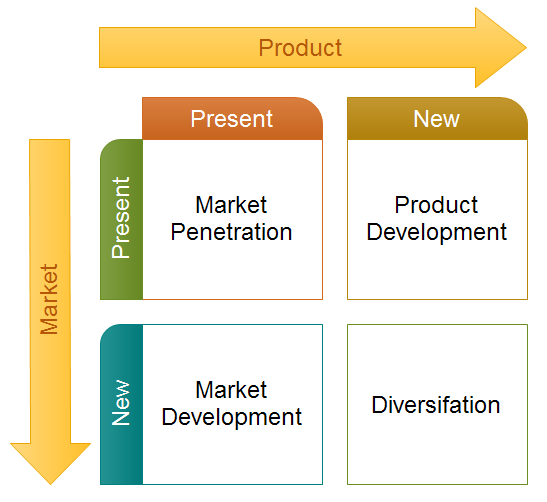
When last we left the Membership 101 series, you had just gotten a new member and were
busy finding out why she joined so you could focus your marketing and communications efforts around those 2-3 things that matter most to her.
Now that she’s here, you need to welcome her. She knew enough to join, but she doesn’t know what it means to be a member of your association. It’s your job to orient her, help her navigate what the association offers and how it can help her with achieving those important goals and solving those pressing problems, and continue the process of building that ladder of engagement relationship with her.
By “welcome her,” I don’t mean “drop a huge folder of sheets of paper on her desk.” That’s just going to get tossed – well, hopefully, recycled. But if you dump everything on her all at once, it’s overwhelming and she won’t know where to start.
There is a better way:
- Make it personal. Someone who’s not on staff (i.e. another member, aka one of her peers) needs to call her or drop her an email welcoming her and sharing some insight from a member perspective on what membership means and offers. (This, by the way, presents a GREAT opportunity to engage ad hoc/micro-volunteers.)
- Get her started right. What’s the first most important thing she needs to know right away? That should be the SOLE focus of the first communication from staff (well, other than the confirmation of her membership, of course). Related to that…
- Don’t drop everything on her all at once. What does your “welcome to Association XYZ” communication look like? Is it a long list of “member benefits” (too often presented as features and from the association’s perspective) that she’s supposed to plow through? Try introducing one thing at a time with concrete examples of how other members use it, explaining why they like it in their words (testimonials, examples, case studies).
- Benefits not features. “Association XYZ produces the leading annual conference in our field…”? No. “Earn free continuing education credits when you come to our annual conference. We’re excited to feature speakers and topics like:…” Yes!
- Don’t ask her for more money – at least not right away. She just joined – the first thing she hears from you shouldn’t be “now spend MORE with us on our book/webinar/conference/whatever.” She’s still figuring out if her initial investment is going to be worthwhile. Don’t try to get her to sink more money in before she’s even sussed that out. It’s just rude.
- Ask about her. What’s the main reason she joined? You need to know that so you can focus on delivering it to her, and then remind her that you did deliver it when it comes time to renew. What are her most important professional goals for the year? What are the biggest challenges she’s facing? What do you offer that can help her achieve those goals and resolve those challenges? Introduce those things to her first.
- Pay attention. As you’re doing your drip campaign introducing benefits, what does she respond to? Did she ignore your email about your new book but click immediately on a link to a webinar? That gives you some valuable information about what she might be interested in. Oh: and don’t just assume “she likes webinars and hates books.” Maybe it was the topic of the book versus the topic of the webinar. That’s something else you should try to find out.
- Stay in touch. You’re trying to develop a relationship here, one that you want to last over the long term. You don’t do that by ignoring the other party for a year (or, worse, bombarding her with tone-deaf marketing messages about things she’s not interested in), and then asking her for more money. You need to stay in touch on a personal and non-financial basis throughout the year. Ask her how things are going. Check in to see if she has questions. Remind her of what’s included in her membership. Get volunteers to reach out. You know, actually develop an actual relationship as if you’re an actual person and so is she. Then, when that renewal invoice does arrive, her decision will be an easy one, and you’ll have a successful renewal.
Photo by Belinda Fewings on Unsplash





